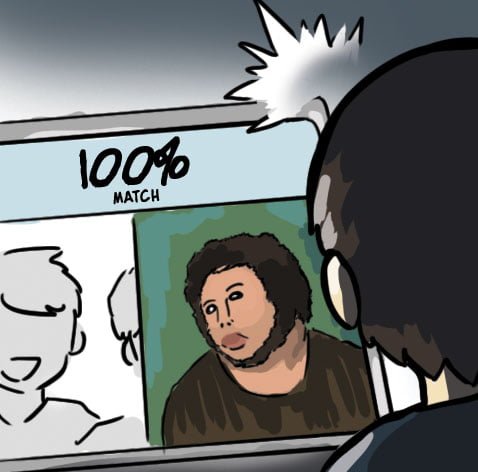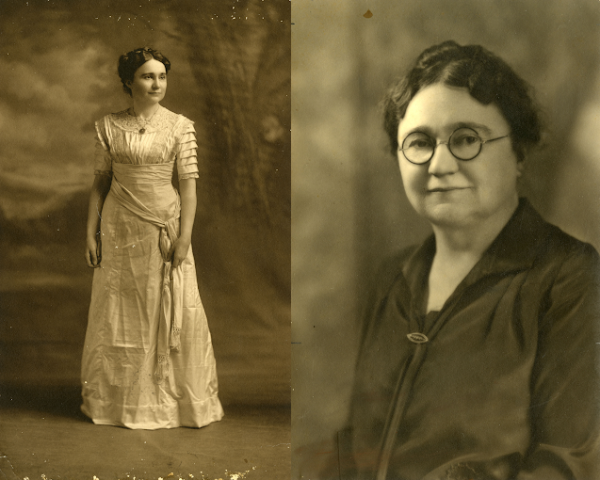Google Arts & Culture provides new frontier for art

Christopher Perez/Guilfordian
With exhibitions from “The Famous Faces of African Heritage House” to “Zoom into Rembrandt,” the Google Arts & Culture app covers the gambit on visual arts and cultural artifacts from around the world. Although these articles might capture the attention of frequent museumgoers and art collectors, they have gone under the radar of most mobile phone users.
First launched in December 2015, Google Arts & Culture partners with art museums to exhibit their collections digitally for a global audience.
The app first served as an innovative tool for shortening the distance between any visual art enthusiast and renowned art museums around the world. Since then, it has grown to include other features, such as finding local museums and creating customized collections for the users.
Google launched the 6.0.16 version of its Arts & Culture app, which included the selfie matching feature on Dec. 13 of last year, just in time for it to go viral during the holiday season.
The selfie feature allows users to find a matching portrait of themselves from Google Arts & Culture’s collections of paintings. The feature is currently available in Australia, Canada, India, New Zealand and some areas of the United States, including North Carolina. Celebrities further promoted this new feature by posting their own results on social media, spurring the app to climb to the top of the download charts of both the Google Play Store and the Apple iTunes Store.
Some Guilford College students, such as senior Jenni Gardner, have experience with Google Arts & Culture’s selfie feature.
“I have played around with it, and I haven’t gotten any insulting (matches) yet,” said Gardner. “Would I recommend it to other people? No, but I think it’s cute.”
Gardner also commented on how the Google Arts & Culture app inspired her to attend more museums.
“I will go to museums when I am abroad, when there is some cultural value,” said Gardner.
According to Google’s official blog, The Keyword, the Google Arts and Culture app currently shares partnerships with over 1,500 museums from 70 countries, giving users the chance to virtually explore international artwork and connect to it through the selfie feature.
With these extensive artistic partnerships, the Google Arts and Culture app tries to ensure that the selfie feature’s matches will be as accurate as possible.
Early College student DJ Moore weighed in on how the selfie feature on the app can be improved.
“(The app) was fairly accurate for me and all of my friends,” said Moore. “The one (suggestion) I have is give (it) a couple more (paintings).”
While this feature is entertaining for the masses, has it increased exposure of the public to artists and inspired a greater appreciation for art? Although the app has amassed an impressively well-curated collection, it could improve in terms of facilitating the sharing of art between different users. That step will not be difficult, as Google already has a vast network of user accounts and can further integrate this app into the user experience.
Given the diversity of Google’s consumers, the selfie feature has brought to light a conversation on inclusivity.
The app relies on its partnerships with museums through the Google Cultural Institute to both compose collections and find matching portraits for its viewers. Although these sources include museums in countries such as Japan and Mexico, the majority of the portrait sources are from Europe or the United States, thereby limiting the scope of art used in the feature.
In addition, due to the prominence of Western artists in the realm of fine arts since the Renaissance, when users of non-European descent attempt the selfie feature, their results are likely to be less accurate or even poorly caricatured.
The Google Arts & Culture app remains a work in progress as the developers work to create a more inclusive environment for seasoned and amateur art enthusiasts alike.








